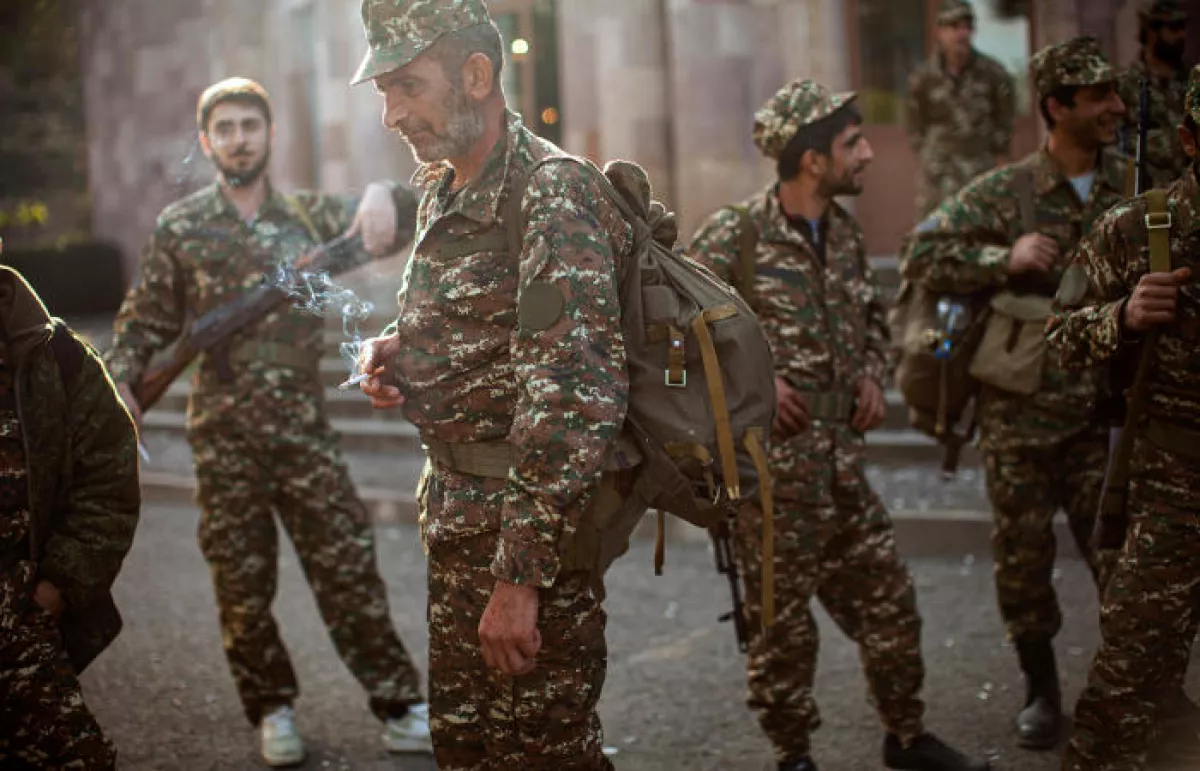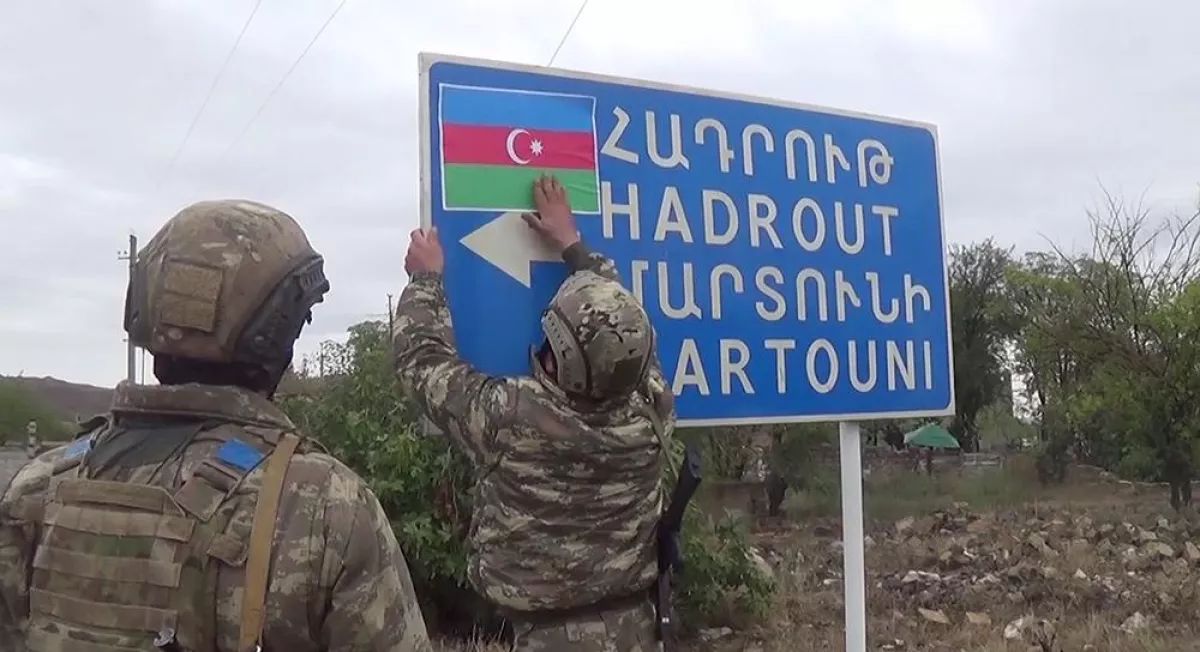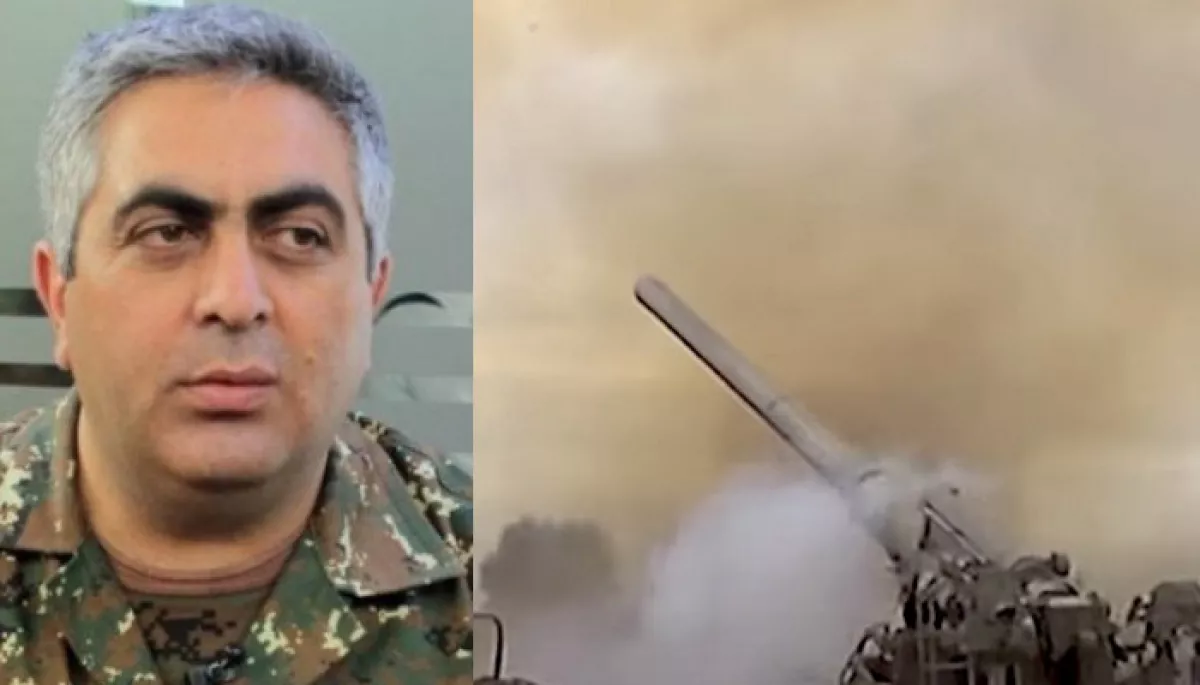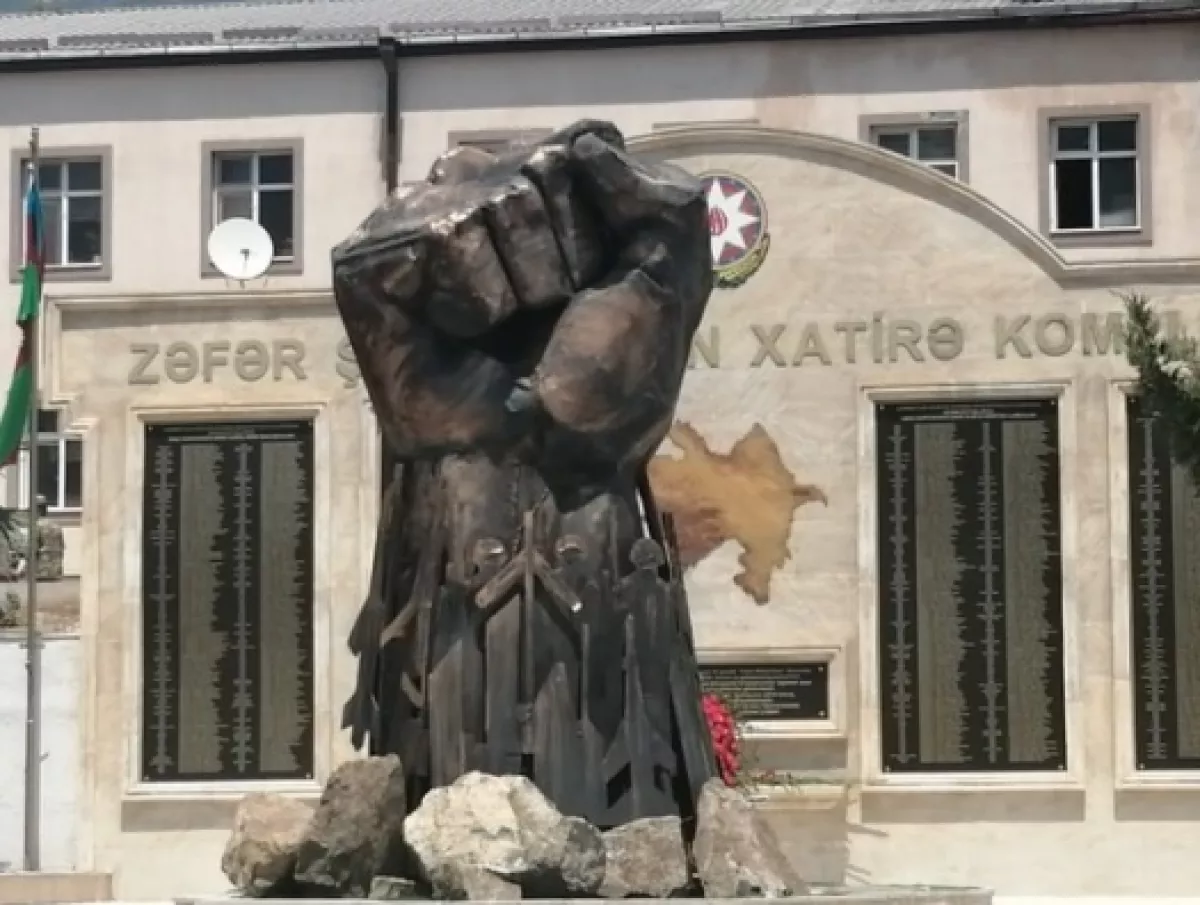Battle for Hadrut: Analysis of Modern War Institute report A turning point in the Second Karabakh War
In March 2025, Colonel (Ret.) Liam Collins, the founding director of the American Modern War Institute, and John Spencer, the head of the Urban Warfare Studies Department at the Institute, visited Azerbaijan, including Baku and the territories liberated from occupation. The visit resulted in a detailed analytical report on the course and significance of the Battle for Hadrut in October 2020 — one of the key episodes of the Second Karabakh War. The report is based on interviews with Azerbaijani servicemen, a first-hand study of the terrain, and a thorough analysis of the combat operations.
During their visit to Azerbaijan, Collins and Spencer also visited the editorial office of Caliber.Az. Moreover, Spencer had previously appeared twice on Caliber.Az broadcasts.

Hadrut as a strategic objective
According to Collins and Spencer, despite its small size and pre-war population of around 3,100, Hadrut held exceptional strategic importance in the broader context of the conflict. The town was located in a narrow corridor between Jabrayil and the central part of Karabakh, and securing control over it was essential for the Azerbaijani forces to advance deeper into the region. The terrain — a basin-like valley surrounded by high mountains — further amplified Hadrut’s tactical value.
Gaining control of the town meant dismantling Armenian defensive lines, undermining the enemy’s morale, and opening a direct route toward Shusha — which is exactly what unfolded in the following stages of the war.
Preparation of the sides: A comparison of approaches
The analysts highlight stark differences in the two sides' approaches to preparation and combat operations. Following the fall of Jabrayil on October 4, 2020, Armenian forces had only a few days to organise the defence of Hadrut. However, that time was not used effectively: only limited minefields were laid, no substantial fortifications were constructed, and no layered defensive lines were established. Furthermore, the bulk of the defensive effort was positioned outside the town itself, depriving Armenian forces of the advantages that urban terrain could have offered in slowing the Azerbaijani advance.

In contrast, Baku planned and executed a comprehensive operation involving Special Forces, commando units, mechanised and motorised infantry brigades, artillery, aviation, and unmanned aerial vehicles. To carry out the mission, the command of the Southern Grouping established a joint task force, ensuring the integration of Special Forces with armoured vehicles and fire support elements.
Particular emphasis was placed on securing the high ground surrounding the town — the mountains of Shishdag, Pillan, Gullukar, and Ergunesh — which allowed Azerbaijani forces to establish tactical superiority even before launching the assault on Hadrut.
The course of the battle
As the authors note, the offensive began on October 5 with the advance of Azerbaijani Special Forces through difficult mountainous terrain. Despite the strong defensive positions held by Armenian units on the high ground and casualties inflicted by anti-tank missile strikes, Azerbaijani forces succeeded in breaking up the enemy's defences thanks to the effective distribution of tasks, continuous coordination, and the active use of unmanned aerial vehicles.
One of the key episodes was the battle for Mount Ergunesh, where Armenian forces attempted to regroup and concentrate reserves following the collapse of Hadrut’s defences. However, Azerbaijani artillery and drones disrupted the counterattack before it could gain momentum.
By October 7, Azerbaijani forces had launched the assault on the town. The main offensive was carried out by two Special Forces battalions, supported by armoured vehicles. Precision drone strikes were used extensively to target identified positions within the city. Notably, Armenian defences inside Hadrut were highly fragmented; fighting took place mostly in the streets, with little to no use of buildings or urban structures for prolonged resistance.
On October 9, Armenian forces launched a concerted effort to retake control of the town, deploying a battalion tactical group through the northern pass. However, the assault was repelled by accurate strikes from Azerbaijani artillery and drones. According to testimonies from Armenian soldiers themselves, Azerbaijani units inside the town were outnumbered nearly ten to one at that moment — yet, through precise coordination and technological superiority, they managed to hold their ground.

On October 10, with the deployment of additional units, Azerbaijan completed the clearance of Hadrut and the surrounding villages of Edisha, Taghaser, Chinarli, and Daghdoshu. By October 11, Azerbaijani forces had fully secured Mount Ergunesh and the northern pass, cementing the success of the operation.
Authors’ conclusions
According to Collins and Spencer, the battle for Hadrut illustrates several key lessons of modern warfare:
1. The strategic importance of small towns. Even relatively small settlements can play a critical role in a military campaign if they control key routes for troop movement.
2. The limitations of static defence. The Armenian reliance on fortified lines (the so-called "Ohanyan Line") without establishing a deep, layered defence led to rapid disorganisation once Azerbaijani forces broke through the first and second lines.

3. The importance of force integration. Comprehensive coordination between special forces and mechanised units proved decisive in the complex mountain-urban environment.
4. The role of UAVs. Drones became an indispensable tool for reconnaissance, target acquisition, and enemy suppression. However, the authors emphasise that despite the technological advantages, the outcome of the battle was ultimately determined by ground forces.
5. Mistakes in Armenian urban defence. The failure to establish a full-scale defensive system within the urban environment allowed Azerbaijani forces to clear Hadrut relatively quickly and with minimal destruction.
Conclusion
According to the authors of the report, the battle for Hadrut marked a turning point in the war. The loss of the town deprived Armenian forces of operational depth and set the stage for the subsequent liberation of Shusha, which ultimately determined the outcome of the conflict.

At the same time, the analysis of the battle highlights the continued relevance of traditional principles of warfare — terrain control, the establishment of layered defence, and the integration of all arms — even in an era of active use of high-tech tools.








